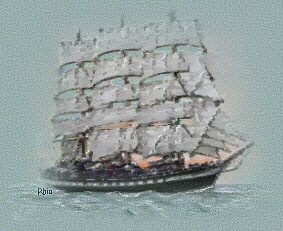 |
New Hampshire The Granite State |
|
 |
New Hampshire The Granite State |
|
City of Nashua
The Gate City
![]()
|
Nashua is a city in Hillsborough County, New Hampshire. As of the 2000 census, Nashua had a total population of 86,605, making it the second largest city in the state (and in the three northern New England states) after Manchester (pop. 107,219). The estimated population of Nashua in 2007 was 87,150.Built around the now-departed textile industry, in recent decades it has been swept up in southern New Hampshire's economic expansion as part of the Boston region. Nashua was twice named "Best Place to Live in America" in annual surveys by Money magazine. It is the only city to get the No. 1 ranking two times—in 1987 and 1997. Nashua is currently ranked #87, as of summer 2006. The area was part of a 200-square-mile tract of land in Massachusetts called Dunstable, which had been awarded to Edward Tyng of Dunstable, England. Nashua lies approximately in the center of the original 1673 grant. When New Hampshire separated from Massachusetts in 1741, the state line between them was redrawn. As a consequence, the township of Dunstable was divided in two. Tyngsboro and some of Dunstable remained in Massachusetts, while Dunstable, New Hampshire was incorporated in 1746 from the northern section of the town. Located at the confluence of the Nashua with the Merrimack River, Dunstable was first settled about 1655 as a fur trading town. But like many 19th century riverfront New England communities, it would be developed during the Industrial Revolution with textile mills operated from water power. By 1836, the Nashua Manufacturing Company had built three cotton mills which produced 9.3 million yards of cloth annually on 710 looms. On December 31st, 1836, Dunstable was renamed Nashua after the Nashua River by a declaration of the New Hampshire legislature. The Nashua River was named by the Nashuway Indians, and in the Penacook language it means "beautiful stream with a pebbly bottom." The town split in two for eleven years following a tax dispute in 1842 between the area north of the Nashua River, where most of the wealthy lived, and the area south of the river. During that time the northern area called itself Nashville, while the southern part kept the name Nashua. They would eventually reconcile and join together to charter the city of Nashua in 1853. Six railroad lines crossed the mill town, with 56 trains entering and departing daily before the American Civil War.
Like the rival Amoskeag
Manufacturing Company upriver
in Manchester,
the Nashua
Manufacturing Company prospered
until about World
War I, after which it began a slow decline. Water power was
replaced with newer forms of energy to run factories. Cotton could
be manufactured into fabric where it grew, saving transportation
costs. The textile business started moving to the South during
the Great
Depression, with the last mill closing in 1949. Many citizens
were left unemployed.
Resources
5 non-sectarian cemeteries owned by the City of Nashua
©2009 - Present Nashua, New Hampshire All Rights Reserved
|